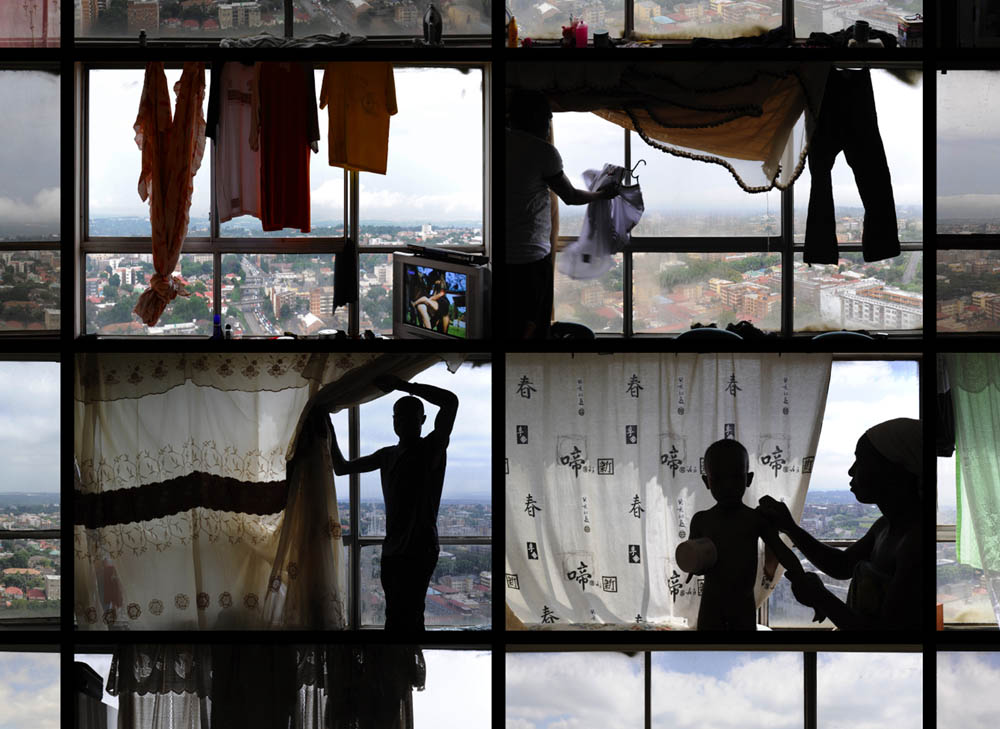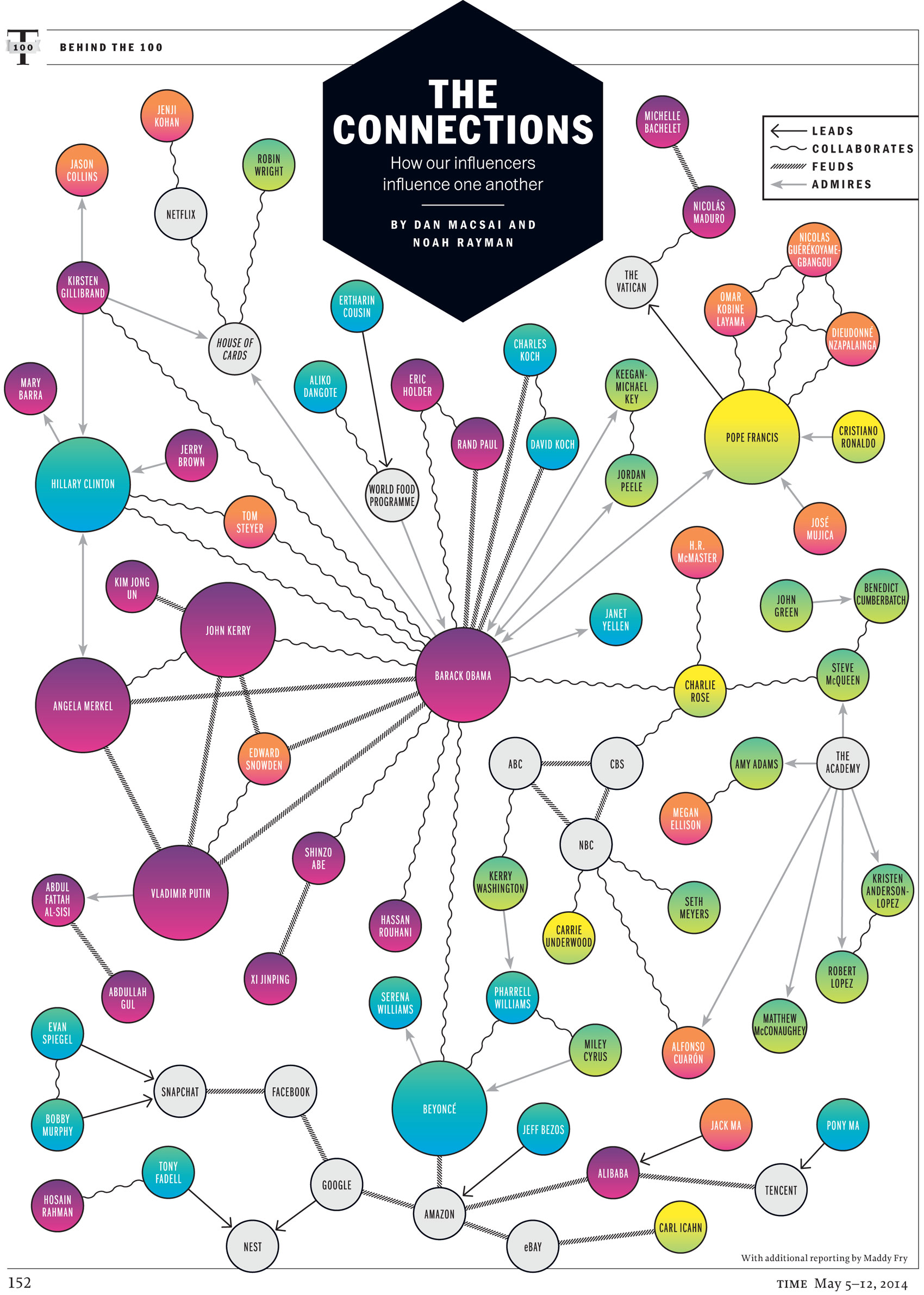
It is the ultimate in chic and sophistication. Join us on a guided tour of a building that brings Utopia to life and proves that South Africa has caught up with the world’s urban centers. Yes, indeed, all of a sudden there is excitement in the air! You get carried away by the exhilarating feeling of immensity. Because the dimensions are huge and, if you are not familiar with the whole layout, you can easily lose your way. But have no fear, the generous expanse, the serenity and beauty of it all, the smooth functioning of all procedures and processes take a load off your mind, make you feel relaxed and cheerful.
—Advertisement Brochure, “Ponte City, A Residential Dream Comes True,” 1973
Ponte City, the imposing 54-story cylindrical skyscraper in South Africa, is the tallest residential building on the continent, crowned by the largest advertisement in the southern hemisphere. As the most iconic building in country, it is a common symbol of apartheid, of urban decay, of illusions and aspirations. It dominates the skyline of Johannesburg, towering over the legacy of segregation with views of the glass and steel condos of Sandton to the north as well as the matchbox-like shantytown houses of Soweto to the south.
In 2008, South African photographer Mikhael Subotzky, in collaboration with British artist Patrick Waterhouse, set out to create a visual document of the building as monumental as the structure itself, exploring a long, complex history mired in myth.
Ponte was unveiled in 1976 as a sleek utopian housing complex in the exclusively white, well-to-do inner-city neighborhood of Hillbrow, the same year as the seminal student protests against apartheid legislation known as the Soweto Uprising. At one point, designers even envisioned a ski slope in the building’s massive hollow core.

Following the fall of apartheid in 1994, the exodus of wealth to the northern suburbs and the influx of unauthorized immigrants from neighboring countries, the building was overrun by gangs and skyrocketing rates of violent crime, its hollow core packed not with snow-covered slopes, but with trash and debris.
“Tales of brazen crack and prostitution rings operating from its car parks, four stories of trash accumulating in its open core, snakes, ghosts and frequent suicides have all added to the building’s legend,” the artists write. “And yet, one is left with the feeling that even the building’s notoriety is somewhat exaggerated—that its decline is just as fictional as its initial utopian intentions were misplaced and unrealized.”
In 2007, developers bought the building with the hopes of renovating the structure and realizing those original prospects, targeting upwardly mobile professionals with the promise of “chic Manhattan-style inner-city living” and apartments individually branded with exotic themes like “Future Slick,” “Old Money,” and “Glam Rock.” The ambitious project failed spectacularly a mere year later, falling into bankruptcy in the aftermath of the global housing bubble’s implosion.
Subotzky and Waterhouse have continued work on the project ever since, in part spending three years completing three epic, comprehensive typologies: one, which is featured above, looking outward through every single window of the building onto the social and natural landscape of the city; another looking inward at the doors of each apartment; and a third looking at the fragmented fictional space of each of the residents’ television sets.
The work, honored with the Discovery Award at Recontres d’Arles in 2011, is comprised of more than 600 photographs presented in an installation of three light boxes towering over viewers at a height of 13 feet. The images in each typology are arranged to replicate the building, “floor above floor and flat by flat,” the artists explain, “lives lived stacked together and on top of each other… [revealing] layers of history as well as individual fragments of interest.”
Mikhael Subotzky is a South African photographer currently based in Johannesburg. Patrick Waterhouse is a British artist. Ponte City will be on view at A Different Kind of Order: The ICP Triennial, May 17 – Sept. 8, 2013 in New York.
Eugene Reznik is a Brooklyn-based photographer and writer. He recently wrote for LightBox on The Sam Abell Library: 40 Years of Life and Still Life. Follow him on Twitter @eugene_reznik.
More Must-Reads from TIME
- Why Trump’s Message Worked on Latino Men
- What Trump’s Win Could Mean for Housing
- The 100 Must-Read Books of 2024
- Sleep Doctors Share the 1 Tip That’s Changed Their Lives
- Column: Let’s Bring Back Romance
- What It’s Like to Have Long COVID As a Kid
- FX’s Say Nothing Is the Must-Watch Political Thriller of 2024
- Merle Bombardieri Is Helping People Make the Baby Decision
Contact us at letters@time.com